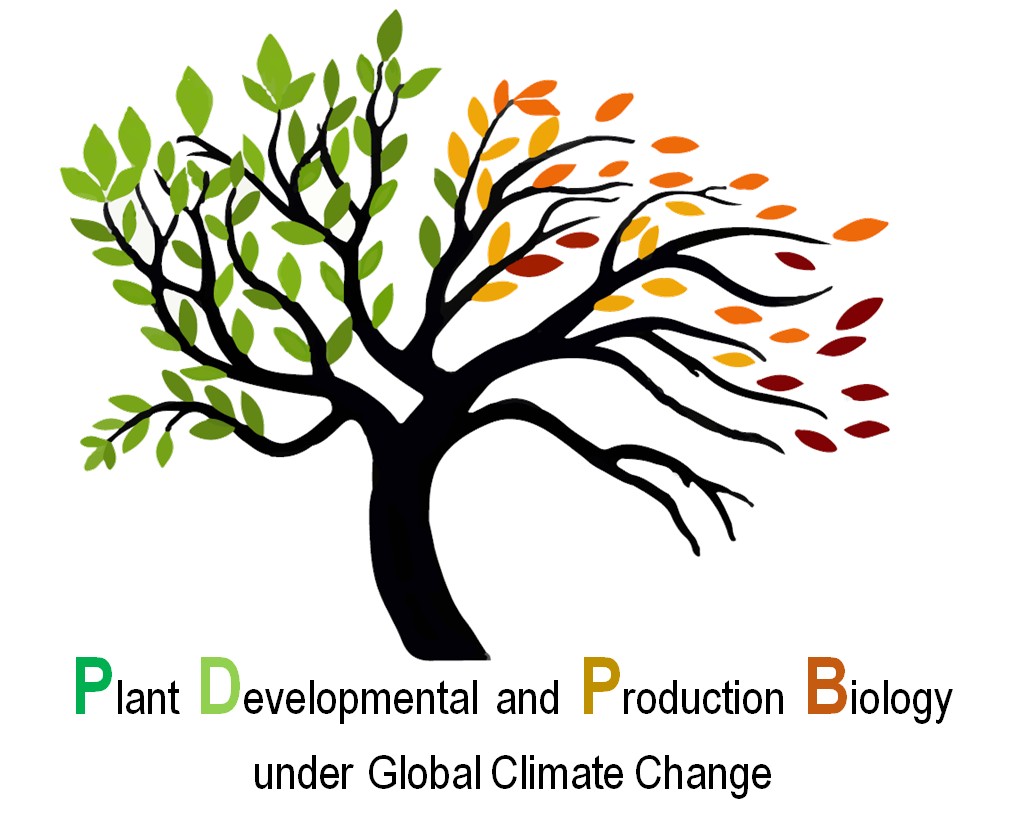| |
|
Could heat shock or oomycete Pythium oligandrum treatment affect the course of viral infection in plants?
|
| |
|
Hýsková V [a], Doričová V [a], Synková H [b], Čeřovská N [b], Bělonožníková K [a], Kavan D [a], Gillarová S [c], Henke S [c], Ryšlavá H [a]
|
| |
|
|
| |
|
[a] Department of Biochemistry, Faculty of Science, Charles University, Hlavova 2030, 128 43 Prague 2, Czech Republic
[b] Institute of Experimental Botany, Academy of Sciences of the CR, Rozvojová 313, 165 02 Prague 6, Czech Republic
[c] Department of Carbohydrates and Cereals, University of Chemistry and Technology, Technická 5, 166 28 Prague 6, Czech Republic
|
| |
|
|
| |
|
Plants as sessile organisms are exposed to many stressors. Among environmental limitations, which affect plant growth, viruses cause major crop losses worldwide and represent serious threats to food security. The extent of viral infection is influenced by other abiotic and biotic factors. The effect of heat shock (42°C, 2 hours) applied before or after the inoculation of Nicotiana tabacum L. cv. Petit Havana SR1 plants with Potato virus Y on viral infection was monitored. The amount of heat shock protein 70 detected immunochemically was significantly enhanced immediately after heat shock application, while viral proteins appeared 14th day after infection. The activity of Hatch-Slack cycle enzymes and peroxidases responded to viral infection. Glycosidases and the content of saccharides were correlated. The combination of heat shock and virus accelerated infection development.
Pythium oligandrum, a non-pathogenic soil-inhabiting oomycete, has been reported to be an effective biocontrol agent against bacteria and fungi. P. oligandrum sensitizes the plant to defend itself through at least two types of microbe-associated molecular patterns, including oligandrin and cell wall protein fractions. We proposed that this “priming” effect could also help the plant protect itself against viral infection. The application form and time of P. oligandrum seems to be crucial to affect the course of viral infection. The most promising strategy was to treat the leaves with P. oligandrum suspension immediately after tobacco mosaic virus inoculation
|
| |
|
|
| |
|
This work was supported by Charles University SVV260427/2017 and GA UK No. 1304119 grants. |
|

